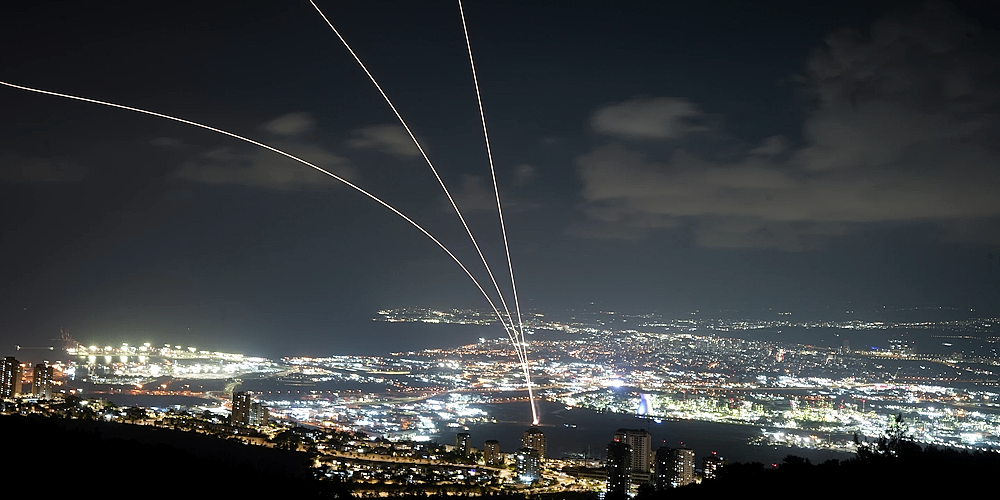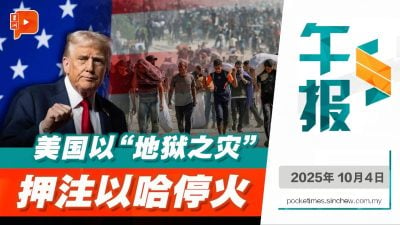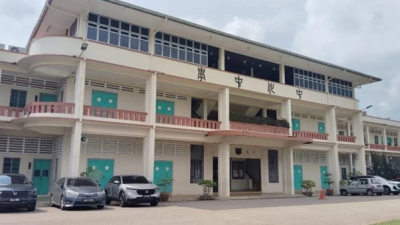
It has been a devastating week for Hezbollah and the people of Lebanon.
Bombs hidden in the group’s pagers and walkie-talkies killed dozens of people and wounded thousands — many of them Hezbollah members.
Israeli strikes on Beirut killed two of Hezbollah’s top commanders.
And Israel has bombed what it said were 1,600 militant sites across large parts of Lebanon, killing hundreds of people and displacing thousands.
Israel says its objective is to secure the border so that tens of thousands of people who fled under Hezbollah fire nearly a year ago can return to their homes.
But it’s far from clear that its recent operations — as tactically successful as they were — will bring that about.
“No one either in or out of the defence establishment has any clue as to how to translate these brilliant operational achievements into political benefit, into a real victory that will stop the war in the north,” columnist Nadav Eyal wrote in Israel’s Yediot Ahronot newspaper.
“As long as Hezbollah retains any firepower, the northern border will not be able to return to normal.”
Hezbollah began firing into Israel the day after Hamas’ Oct. 7 attack triggered the war in Gaza. Its stated aim was to pin down Israeli forces in the north to help its ally Hamas, which — like Hezbollah — is backed by Iran.
The Lebanese militant group has said it would cease the attacks if there is a cease-fire in Gaza, which appears increasingly unlikely.
Hezbollah’s response to the past week’s escalation has seemed meagre.
The hundreds of rockets and drones it has fired into northern Israel — including areas much farther from the border than it hit previously — have caused few casualties and only scattered damage.
Experts say Hezbollah is holding more such weapons in reserve.
Israeli air power has its limits
The footage on Monday of Israeli strikes sending up plumes of dust and smoke seemed grimly familiar.
The American-led invasion of Iraq in 2003, the NATO campaign in Libya in 2011, and the U.S.-led war against the Islamic State group in 2014 all began with massive airstrikes lighting up the sky.
In each case, the war dragged on for months or years, and ground forces played a crucial role.
Israel’s war against Hamas in Gaza began with nearly three weeks of heavy airstrikes across the territory, followed by a full-scale ground invasion.
Nearly a year later, Hamas is still putting up a fight and holding scores of hostages.
With Hezbollah, Israel has so far adopted narrower objectives — not the disarmament or defeat of the Lebanese militant group, but a new arrangement in which militants retreat from the border and halt their attacks.
But even that may not be possible without a ground invasion.
There’s also the risk of mission-creep, as America discovered after its wars in Iraq and Afghanistan ground on for years after the toppling of Saddam Hussein and the Taliban.
NATO airstrikes initially aimed at preventing a feared massacre in Benghazi morphed into a seven-month campaign of regime change from which Libya has yet to fully recover.
Hezbollah likely has capabilities we haven’t seen yet
Israel’s Defence Minister Yoav Gallant boasted that Monday’s strikes alone had taken out tens of thousands of Hezbollah’s rockets and missiles.
“This is the most difficult week for Hezbollah since its establishment,” he added.
“A blow has been dealt to the chain of command, to the terrorists themselves on different levels, to their shooting capabilities and to their morale.”
Hezbollah has acknowledged suffering heavy blows, but even if Gallant’s assessment is correct, it still has considerable resources.
“The rocket unit is still active, Hezbollah has absorbed the initial shock, and the battle has only begun,” said Qassim Qassir, a former Hezbollah member who wrote a book about the group.
“Hezbollah has only used a small part of its capabilities.”
The militant group was established with the help of Iran following Israel’s 1982 invasion and occupation of Lebanon, and it seeks Israel’s destruction.
It has survived countless battles with Israeli forces, replaced several slain commanders over the years and rearmed after a monthlong war in 2006.
Hezbollah claims to have some 100,000 fighters.
Before the latest hostilities, it was believed to have some 150,000 rockets and missiles, including long-range projectiles capable of hitting anywhere inside Israel, and some precision-guided missiles.
Its more sophisticated weapons are likely being held in reserve as it seeks to avoid triggering an all-out war.
Sarit Zehavi, a former Israeli military intelligence analyst and founder of the Alma Research and Education Centre, a think tank focused on the northern border, said Hezbollah has concealed its weapons in different parts of the country, including in areas close to Beirut where it has a strong presence.
“Hezbollah was building redundancy, so they spread their munitions and infrastructure all over, and that’s why that many targets are being attacked, because it’s everywhere,” she said.
ADVERTISEMENT
ADVERTISEMENT









































